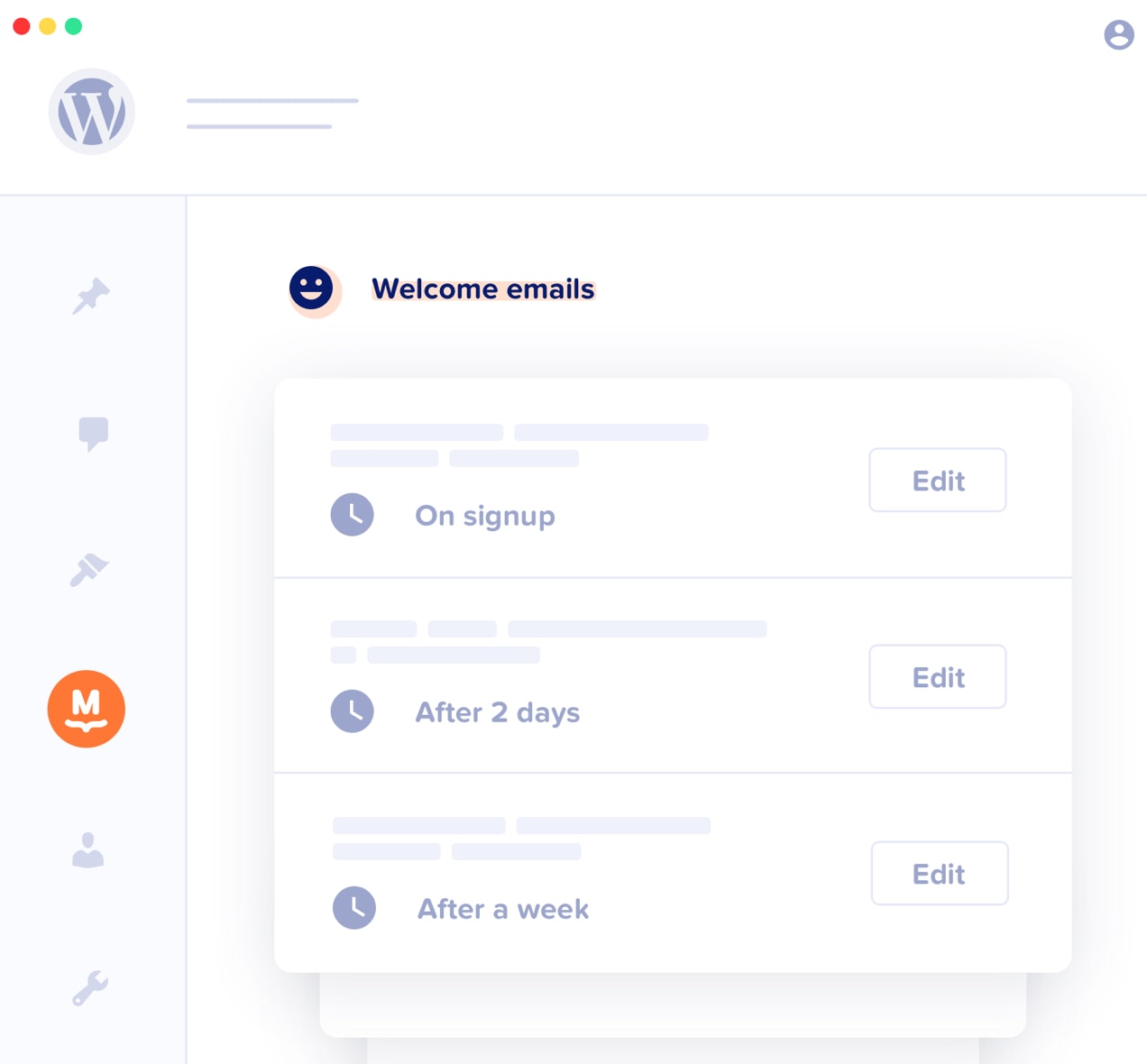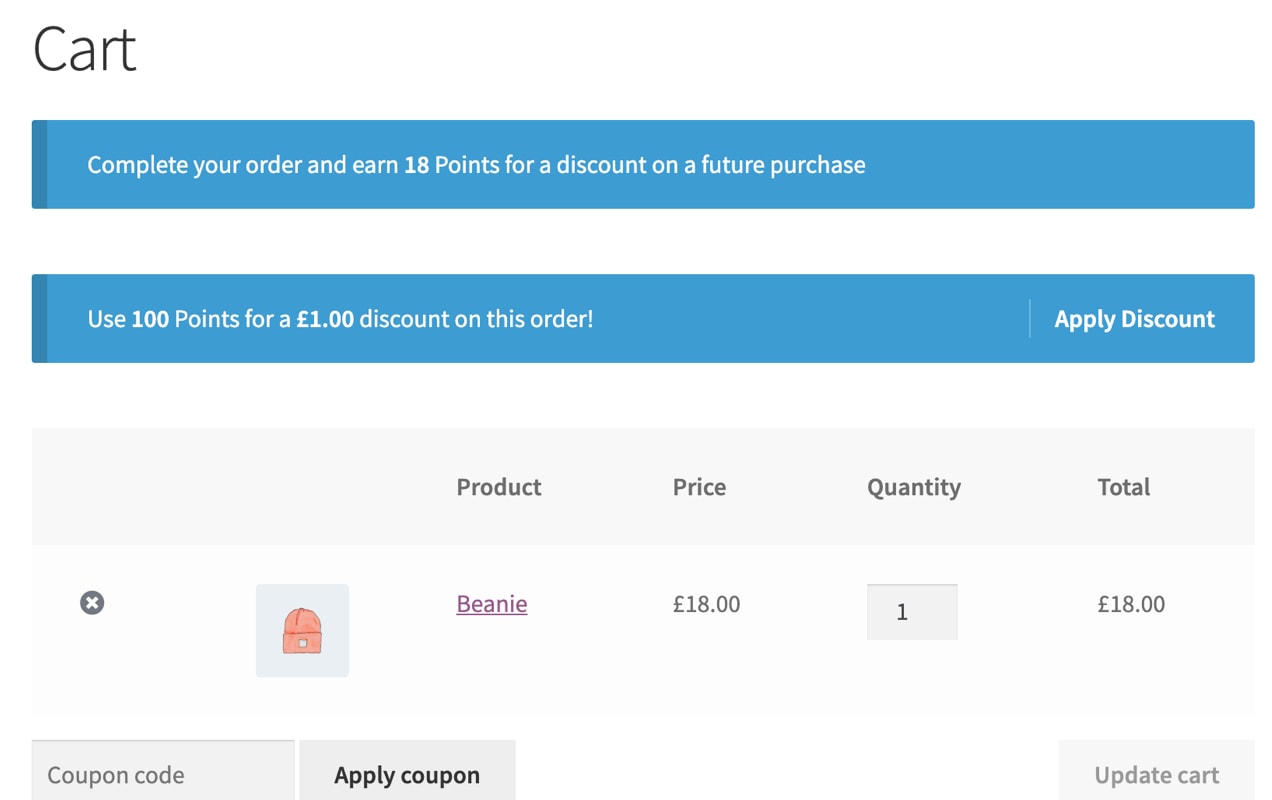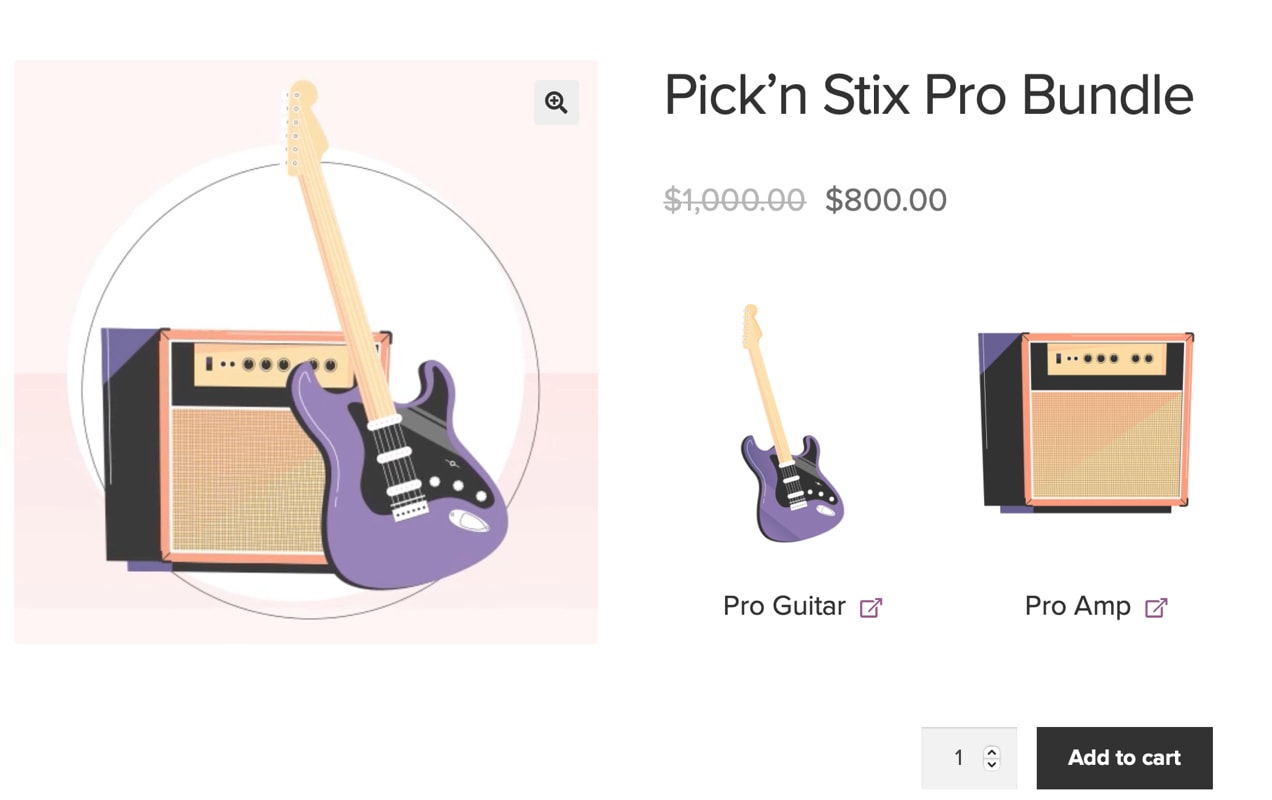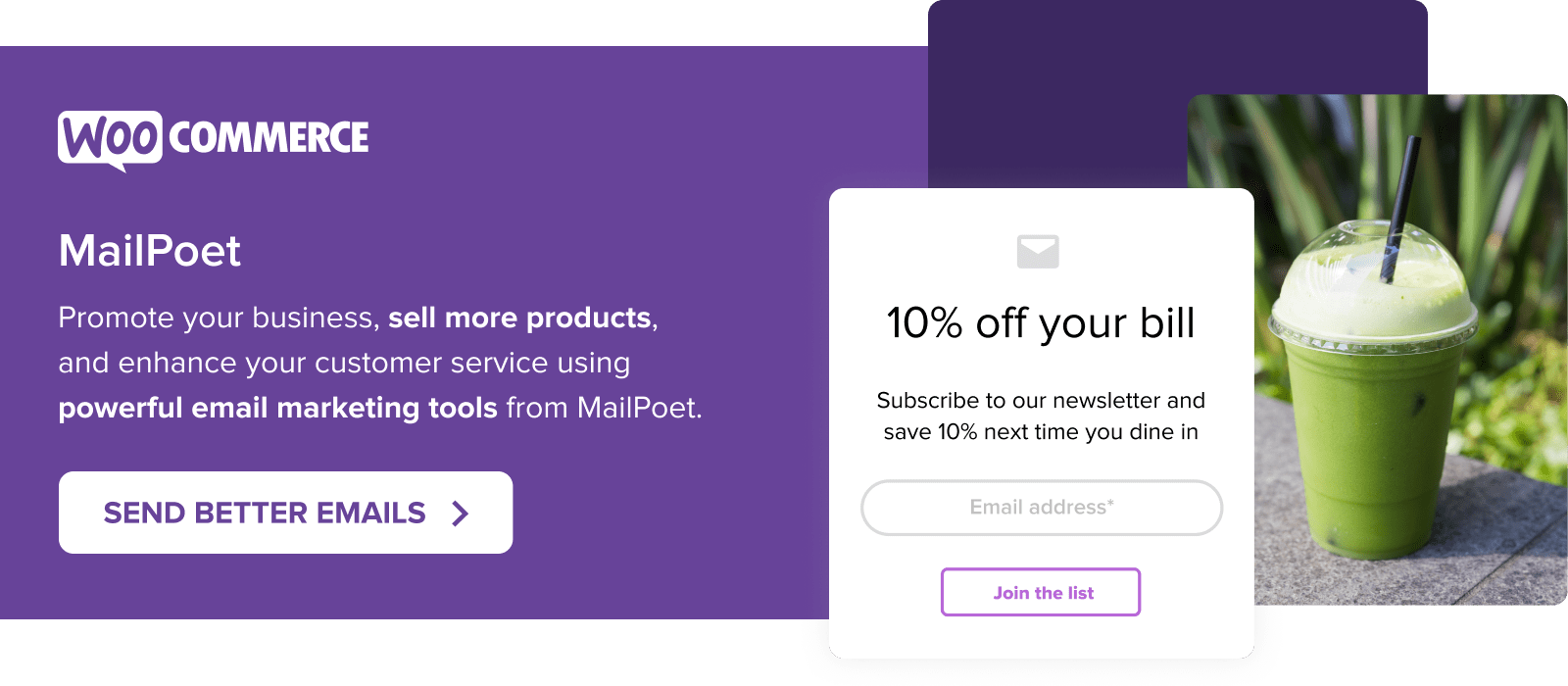Businesses use coupons and discounts because they attract customers and motivate them to shop with them instead of the competition. The problem is, using coupons and discounts too often, or sloppily, can permanently eat into profits.
JC Penney used to run what seemed like permanent sales. Customers loved feeling like they were getting a great deal. But because the store was offering nonstop discounts, shoppers came to expect it. So when the company changed course and started offering selective discounts, customers revolted. The business still hasn’t fully recovered from the fallout.
All that to say: using coupons and discounts requires a balance.
As a store owner, you want to attract customers, but you don’t want to sacrifice profits, especially over the long term.
Here are eight ways to use coupons and discounts without giving up too much in profits.
1. Motivate a second purchase from new customers
When you rethink what a coupon is for new customers, you realize that it’s a lead generation tool. The purpose of the coupon isn’t to make one sale. It’s to win a customer so you can sell to them again.
So how do you motivate a second purchase?
One way is to give them a second coupon after their purchase, as a thank you for being a new customer. Make this coupon either a lower amount, or require a higher purchase price to use it, such as “spend $100 or more and save 20%.”
Another way to motivate a second purchase is to get the customer to subscribe with their contact information, and start emailing and texting them. With email, you can educate the new customer about your other products and services, how you solve their problems, how you deliver joy, and whatever other benefits you provide. You can do all this without any discounts at all. Stay on their mind, and they’ll be more likely to buy again.

MailPoet provides all the tools you need to create a welcome email series where you can begin the customer follow-up and nurture process.
2. Use tiered coupons instead of percentages
In the last tip, we discussed the strategy of offering a 20% discount for spending $100 or more. Think about the advantages this kind of discount structure could provide you. What will most customers do? They’ll spend more to get the discount.
You can use a similar strategy to offer tiered coupons, but with no percentages. For example:
- Spend $40 and get $10 back
- Spend $100 and get $20 back
- Spend $250 and get $50 back
Using that type of structure, notice that the amount the customer gets back is a flat figure, even if they spend way more than the minimum.
For example, a customer spending $50 gets $10 back, so you make $40. But if a customer spends $80, they still get $10 back, and you make $70. And if their total price ends up anywhere above $80, they may try to get it to over $100 so they can receive the $20 back instead. Either way, you make more money.
But with a flat percentage discount, your margins remain the same regardless of the amount they spend. If they spend $100 and get 20% off, you make $80. But if they spend $200, 20% off now becomes $40.
The flat dollar discount works out more in your favor, because it increases average order size without increasing the discount at the same proportion.
WooCommerce offers a Tiered Pricing extension that helps you implement this strategy on you site.
3. Use a loyalty program
While loyalty programs aren’t necessarily the best fit for every business, they can be an excellent way to create long-term revenue. After all, some customers love them and keep coming back to watch their rewards grow!
WooCommerce stores can fairly quickly add a customer loyalty system using the Points and Rewards extension. With this, your customers will amass points from each purchase that they can later apply as discounts on future ones.

This also gives you something to follow up with them over email, because if they don’t buy anything for a few months, you can remind them how many points they have, and what they can buy with them.
4. Create a subscription or membership
Discounts work wonders if you can turn them into recurring revenue. If you’re able to create a successful subscription model for your business, just about any discount can be financially justifiable.
For example, suppose you have a $19/month subscription option. If you can demonstrate that your customers will stay subscribed for at least six months on average, that’s $114 in recurring revenue. Would you give a $25 off coupon if it meant someone joined your membership with an average of $114 in revenue? What about the first month for only 99 cents?
To motivate customers to join your subscription, you can do giveaways and much larger discounts, because you’ll make the money back, and more. The idea is to win them over with a big reward, and then continue to provide value so they stay around indefinitely.
Another approach is to offer a discount on the membership itself. You could say that anyone who spends over $100 gets 20% off their subscription. This is still profitable for you because of the eventual recurring revenue.
5. Use product bundling discounts
When you bundle products, you compete less on price and more on the convenience you’re providing customers. Bundles are more fun, especially if you package them well.
You could offer a 20% discount on a product bundle that gives a great deal to the customer and still provides better profits for you. Why? Your average order value is higher, and your packaging and shipping costs are lower than if you sold all those items separately.

The Product Bundles extension is one of our most popular and well-reviewed options, and it provides powerful tools for grouping your products and offering discounts.
6. Incentivize referrals
Word of mouth is powerful. But it’s not always enough, and it doesn’t happen as often as you might like.
For your most loyal customers, give them an extra reason to tell their friends about you. Give them coupons they can pass out to their friends, and if their friends redeem them, the customer can also get a reward.
This is smart couponing because it wins a new customer you wouldn’t have otherwise reached, and it turns your existing customers into brand ambassadors.
You can send coupons like this via email, snail mail, or text message. You can also just send links to a landing page that has coupons for new customers and ask them to forward it to their friends.
The Coupon Referral Program extension helps with this process, allowing you to incentivize referrals directly in the WooCommerce dashboard.
7. Offer upsells
Suppose you sell a product for $79 and a customer decides to buy it. Before they complete their purchase, you can offer them a special one-time deal where they can buy two for $129. That’s about $30 off, but it increases your order size and delights the customer.
Best of all, it doesn’t feel like you’re pressuring them, because you’re offering the same product they already decided to buy — just more of it.
You can offer other upsells too, including upselling your subscription service. If you’re using coupons and discounts, upsells give you a way to make back the lost profits on the very same purchase. And if the item you’re upselling relates in some way to the products the customer is already buying, it seems like a natural decision for them, and some will take you up on it.
8. Have a reason for your sale
This brings us back to the JC Penney story. They never had a reason for their permanent sale prices. So, customers came to expect and even demand them.
The way to avoid this is to run sales when you have a reason to do so. You can get creative here. As long as you can justify your sale price, even your most loyal customers will take you up on it without expecting it in the future.
Using coupons and discounts in this manner increases loyalty and attracts new customers, but it doesn’t box you in with any long-term expectations of discounts.
Reasons for a sale can be found just about anywhere:
- Celebrating a local sports team winning
- Thanking customers for X years in business
- Too much inventory that you need to clear out
- Holidays
- New customer discounts
- Planning to donate a portion of sales to charity
- Taking advantage of a story in the news that you can relate to your business
Smart discounts and coupons increase long-term revenue
All these ideas serve the same purpose — to thread the needle between attracting new customers without giving away too much profit or creating price-obsessed customers.
What you want are loyal customers, repeat buyers, and recurring revenue. Using coupons and discounts in ways that produce any or all of those is usually a smart decision.
Leave a note in the comments if you have any other suggestions!

Thanks very much.l appreciate your products